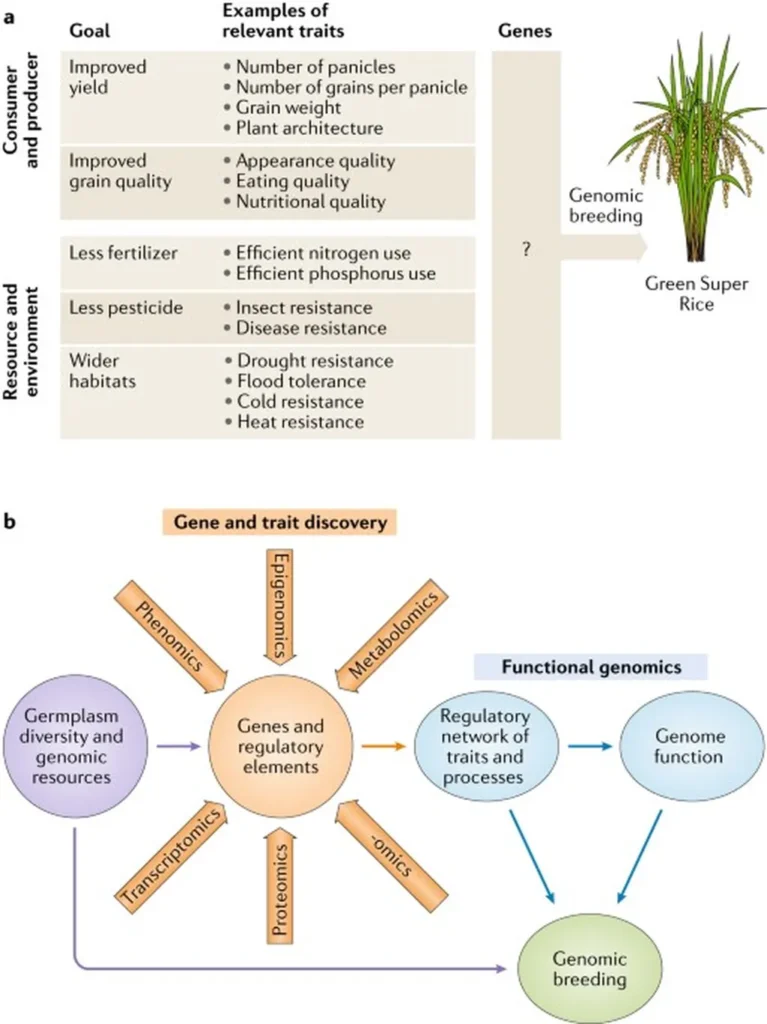In the heart of China’s diverse agricultural landscape, a team of researchers has uncovered significant regional variations in rice grain quality and identified key genetic markers that could revolutionize rice breeding. The study, led by Fei Wang from the State Key Laboratory of Crop Gene Resources and Breeding at the Chinese Academy of Agricultural Sciences, evaluated 315 newly sequenced rice varieties, shedding light on the genetic underpinnings of grain quality traits.
The research, published in the journal ‘Rice’, reveals that regional preferences and dietary habits have shaped the grain quality traits of rice varieties in different provinces. “We observed clear regional differences,” Wang explains. “Yunnan and Jiangsu contributed more high-quality japonica varieties, while Guangdong and Guizhou produced more high-quality indica varieties.” This geographic divergence highlights the importance of tailoring rice breeding programs to local preferences and environmental conditions.
The study employed a genome-wide association analysis to identify several quantitative trait loci (QTLs) and putative candidate genes linked to grain quality traits. One notable finding was the association of a composite haplotype (Hap1) of the Wx gene with low amylose content and high head rice yield. “This haplotype is rare in wild rice but has increased in frequency during domestication, indicating strong selection,” Wang notes. This discovery could pave the way for marker-assisted breeding programs aimed at enhancing these desirable traits.
Additional candidate genes, such as LOC_Os04g40760 and LOC_Os04g40780, were identified as potential targets for improving head rice yield, while LOC_Os06g04080 and LOC_Os06g20020 were linked to amylose content and protein content, respectively. The expression differences of these genes across growth stages suggest complex regulatory mechanisms that could be exploited for breeding purposes.
The commercial implications of this research are substantial. By understanding the genetic basis of grain quality traits, breeders can develop rice varieties that meet specific market demands, whether for cooking quality, nutritional value, or milling efficiency. This could lead to increased productivity and profitability for rice farmers, as well as improved consumer satisfaction.
Moreover, the study provides a foundation for future functional studies and marker-assisted breeding programs. “Our findings offer preliminary genomic resources and hypotheses that can guide further research,” Wang states. This could accelerate the development of new rice varieties with superior grain quality, benefiting both farmers and consumers.
As the global population continues to grow, the demand for high-quality rice is expected to rise. This research offers a promising avenue for meeting that demand through innovative breeding strategies. By harnessing the power of genomic data, the agricultural sector can strive towards more sustainable and productive rice cultivation practices.

